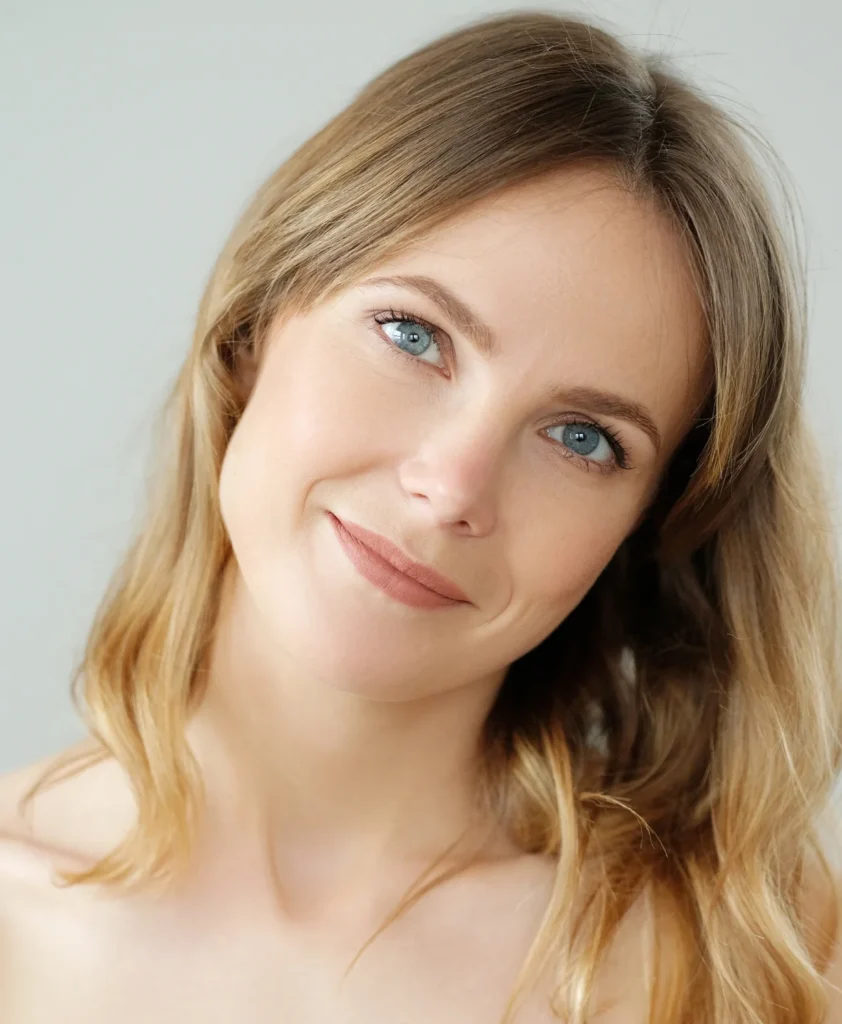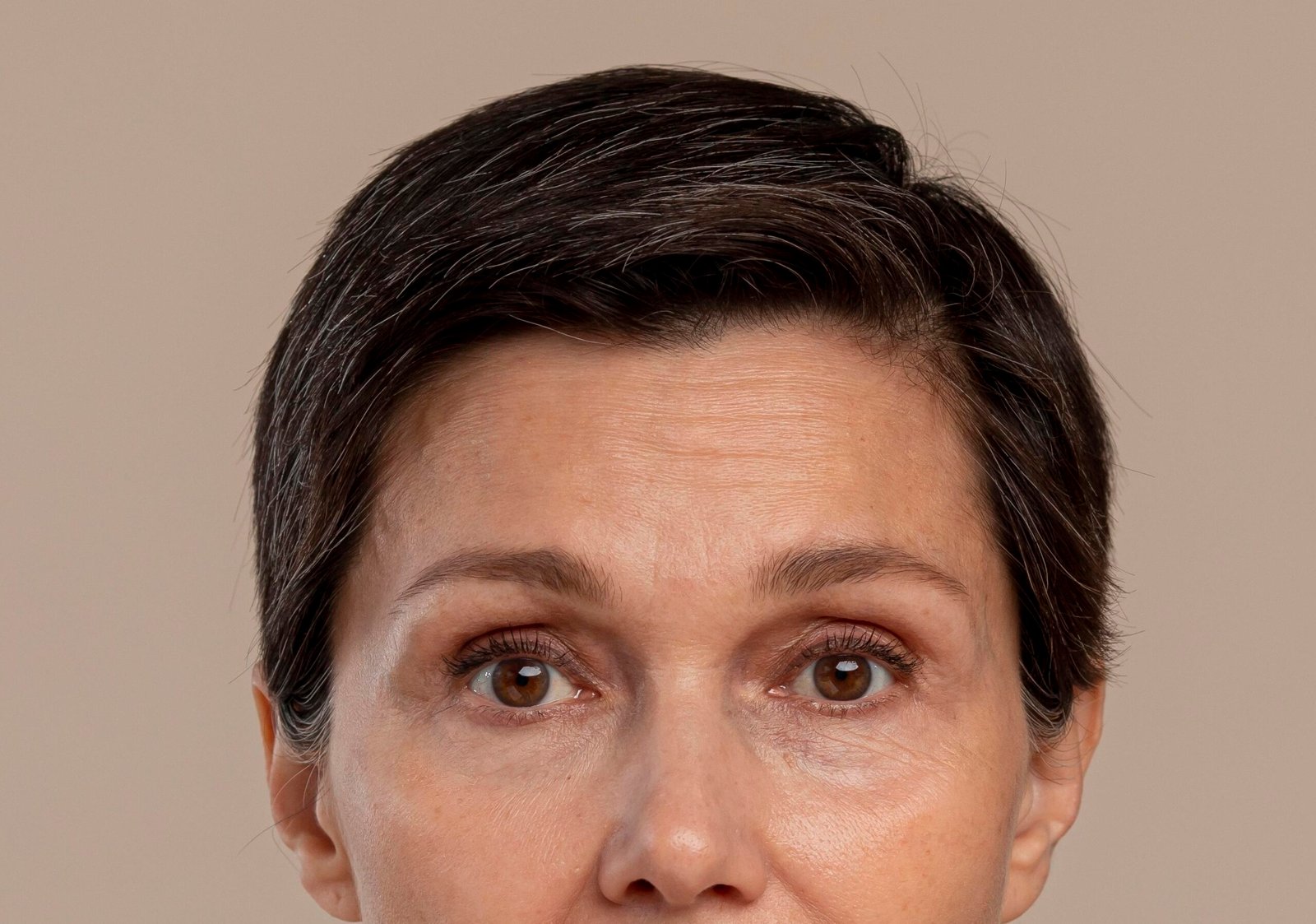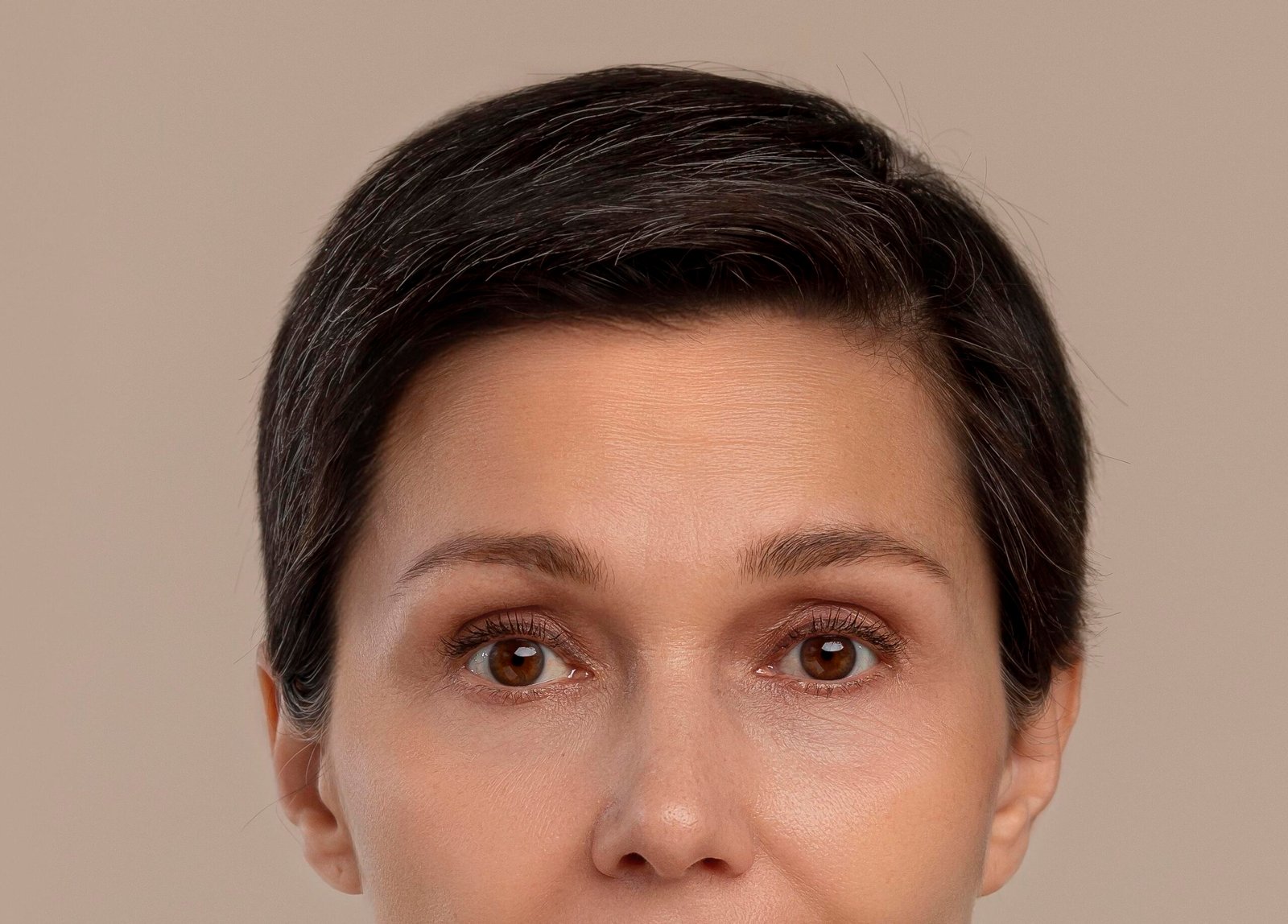About Botox Clinic
How it Works
Maximum Efficiency
Botox (botulinum toxin type A) reaches its maximum effectiveness approximately 7 to 14 days after injection. During this period, the injected muscles become noticeably weakened or paralyzed, leading to a visible smoothing of dynamic wrinkles. In cosmetic use, Botox can reduce muscle activity by up to 80–90%, and in optimal cases, it may diminish the appearance of expression lines (such as crow’s feet or frown lines) by up to 90%. The effects typically last around 3 to 4 months, though in some individuals, especially with repeated treatments, results can extend to 5 or 6 months.
The Comfort Of The Procedure
The Botox procedure is generally considered quick and minimally uncomfortable. Most patients describe the sensation as a small pinch or slight sting, similar to a mosquito bite. The injections are done using very fine needles, and the entire process typically takes just 10 to 20 minutes, depending on the number of areas treated.
Persistent Effect Up To 6 Months
The effects of Botox typically last 3 to 4 months for most people. However, this can vary depending on individual factors:
First-time users might notice a slightly shorter duration (around 2.5 to 3 months).
With regular treatments, some people experience longer-lasting results—up to 5 or 6 months.
Areas with stronger or more active muscles (like the forehead or jaw) may metabolize Botox faster.
Factors such as metabolism, lifestyle, dosage, and injection technique also influence how long the results last.
Over time, with consistent treatments, muscles can weaken slightly, potentially extending the duration between injections.

Candidates for
Botox Clinic
- Are at least 18 years of age
- Are in good physical and mental health
- Have good skin elasticity
- Have realistic expectations
- Want to reduce facial wrinkles without surgery
- Don’t exhibit medical contraindications
The primary goal of cosmetic Botox is to soften the appearance of dynamic facial wrinkles—those caused by repeated muscle movements like frowning, squinting, or smiling. By temporarily relaxing specific facial muscles, Botox helps create a smoother, more youthful appearance without altering natural facial expressions. It is commonly used to target areas such as forehead lines, frown lines (between the eyebrows), and crow’s feet (around the eyes). The treatment aims to enhance confidence and maintain a refreshed look, often as part of a subtle, non-surgical approach to facial rejuvenation.


have a question?
Quick answers to questions you may have
What happens during this procedure?
The provider will assess your facial muscles and mark the areas to be treated. Using a very fine needle, small amounts of Botox are injected into targeted muscles. The process takes about 10–20 minutes, with minimal discomfort—most describe it as a quick pinch. No downtime is required, and you can return to your usual activities right after.
Will I lack facial expressions after treatment?
No. Most of the times, Botox relaxes the targeted muscles without freezing your entire face. This means you’ll still be able to make natural facial expressions—just with fewer wrinkles in the treated areas.
Will I lose my sense of feeling where I have the injections?
No. Botox works by relaxing muscles and does not affect your skin’s sensation. You will not lose feeling in the treated areas.
When is it safe to have another treatment?
The new common language Botox treatments are typically spaced about 4 to 6 months apart to allow the effects to wear off completely. Your healthcare provider will recommend the best timing based on your individual response and treatment goals.
